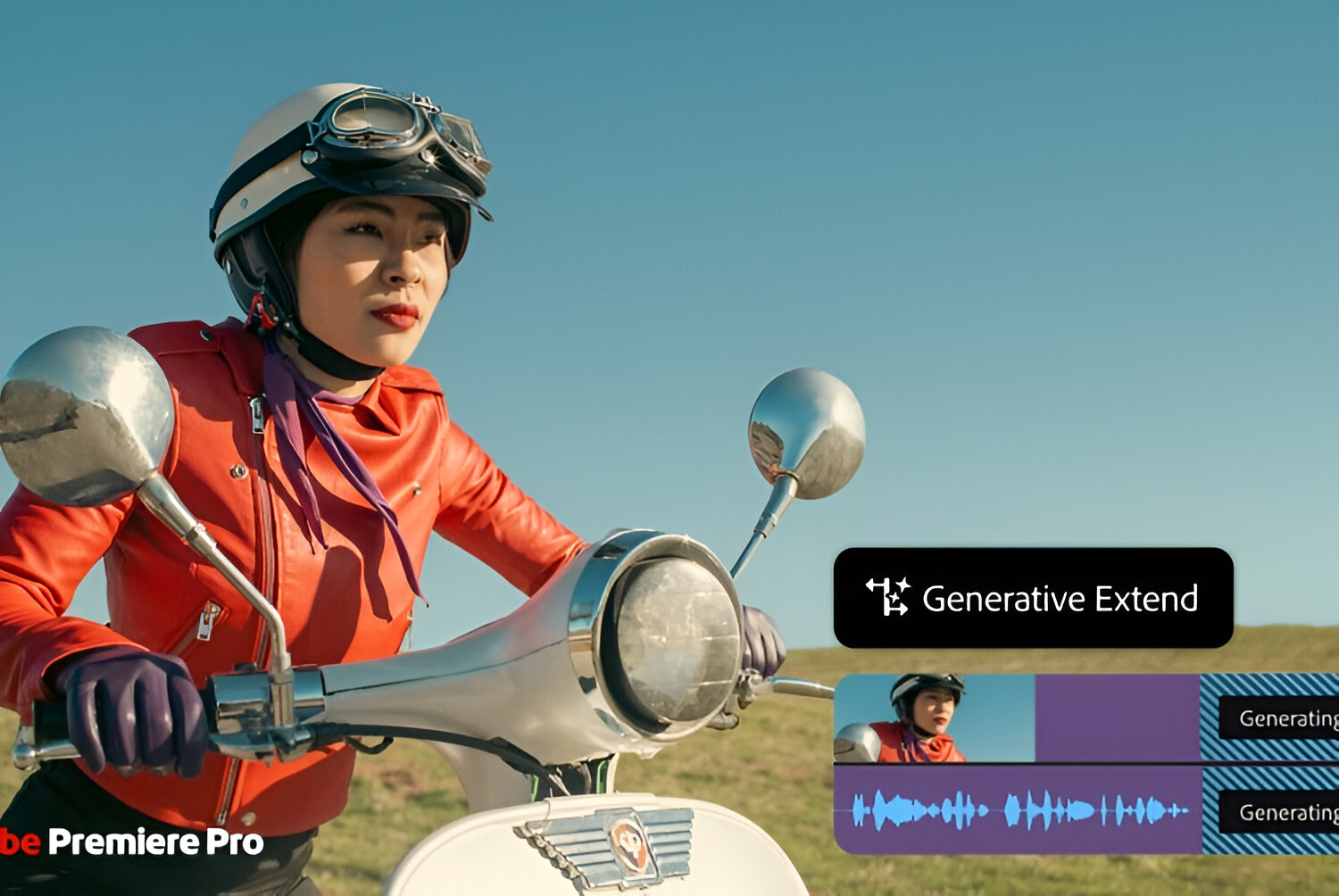Ever wonder why your favorite gadgets suddenly vanish? That shiny smartwatch or innovative app you loved might already be headed for tech extinction. Companies pull the plug on products faster than ever before, often with little warning to loyal users. Even tech giants like Apple and Google routinely abandon projects that don’t meet expectations. This digital graveyard holds surprising lessons about innovation, business strategy, and our relationship with technology.
13. Fossil’s Smartwatch Exit

Fossil smartwatches blended stylish aesthetics with robust tech features, giving fashion-conscious users the best of both worlds. The Gen 6 model earned particular praise for its sleek design, Wear OS integration, and compatibility with a wide range of apps. These watches offered comprehensive fitness tracking features alongside seamless smartphone connectivity that appealed to style-conscious tech users. Despite these innovations, Fossil struggled to maintain competitive viability against more advanced smartwatch models dominating the market. For collectors of tech artifacts, these discontinued watches now represent valuable pieces of wearable technology history.
12. Apple’s Blood Oxygen Sensor Battle

Patent disputes temporarily halted sales of one of the world’s most popular health-tracking wearables. Apple adjusted distribution of Series 9 and Ultra 2 watches amid an ongoing patent dispute over blood oxygen sensor technology. This sensor represented a significant advancement in wearable health monitoring capabilities, allowing users to track oxygen saturation levels from their wrist. The conflict centered on claims from medical technology company Masimo regarding potential patent infringement issues. When trillion-dollar companies and medical tech innovators clash over patents, consumers often experience product disruptions while the legal battles play out behind closed doors.
11. Apple’s Digital Media Evolution
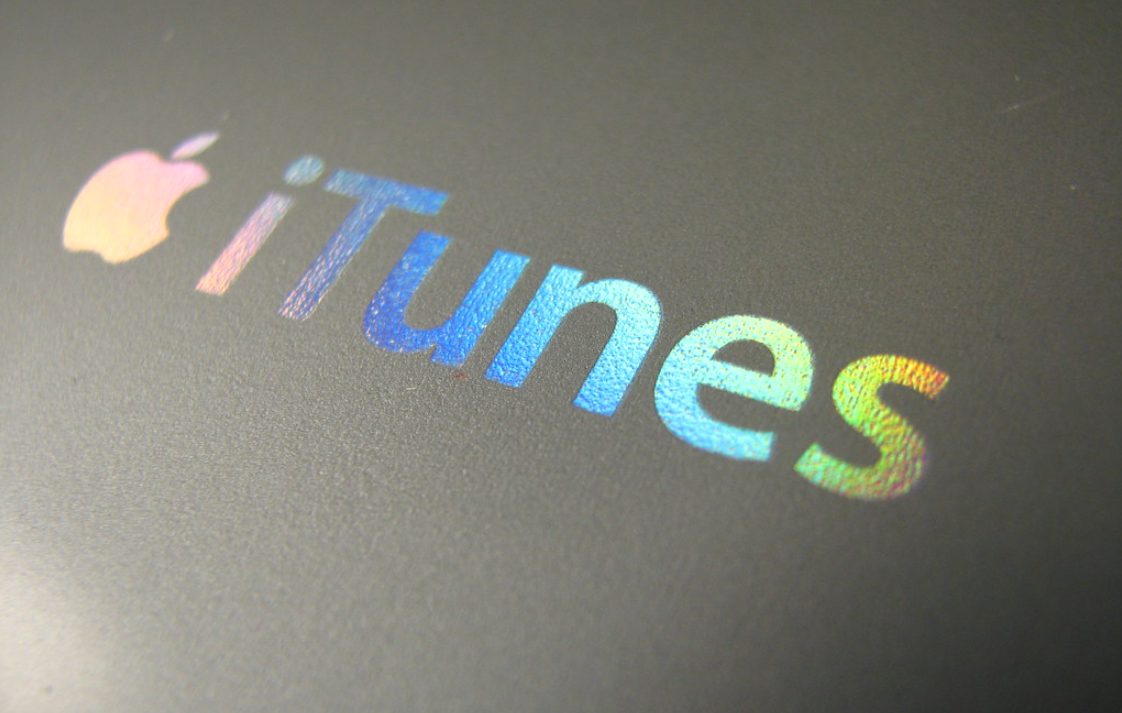
Managing multiple media types in one bloated application frustrated users until Apple divided iTunes into specialized apps. Rather than continuing with a single cumbersome program, Apple transformed its approach by creating dedicated apps for music, TV, and podcasts on Mac systems. The company maintained iTunes availability on Windows platforms specifically for media synchronization needs and legacy compatibility. If you’ve struggled with iTunes’ complexity in the past, these purpose-built applications offer a refreshingly focused experience for each media type. For those looking to upgrade their audio setup, check out some essential gear for producing music on your iPad. You can access Apple’s streamlined applications through the Microsoft Store while retaining all essential functionality.
10. The Quiet End of Apple’s SuperDrive

Remember when watching a DVD required special hardware? Apple’s USB SuperDrive provided Mac users without built-in optical drives a portable solution for accessing CDs and DVDs. The compact external drive offered convenience for those still needing to use legacy media formats despite the industry’s digital transition. As streaming services and digital downloads became increasingly dominant, the need for physical media players steadily declined. The SuperDrive sold for $79 before its discontinuation. The SuperDrive’s disappearance marks how digital distribution eliminated the need for physical media while providing instant access to content from anywhere.
9. Redbox’s Physical Media Retreat

If you’ve enjoyed renting movies from those iconic red kiosks, you’ve witnessed the end of a rental revolution. Redbox closed over 24,000 kiosks following bankruptcy proceedings, signaling a dramatic shift in how people consume movies and TV shows. Meanwhile, Best Buy stopped selling physical movie discs entirely, further emphasizing the transition to digital formats. These changes demonstrate how streaming services have fundamentally altered media consumption habits. While physical media once solved the problem of convenient movie access, streaming platforms now deliver instant gratification without leaving your home.
8. ICQ’s Messaging Legacy Ends
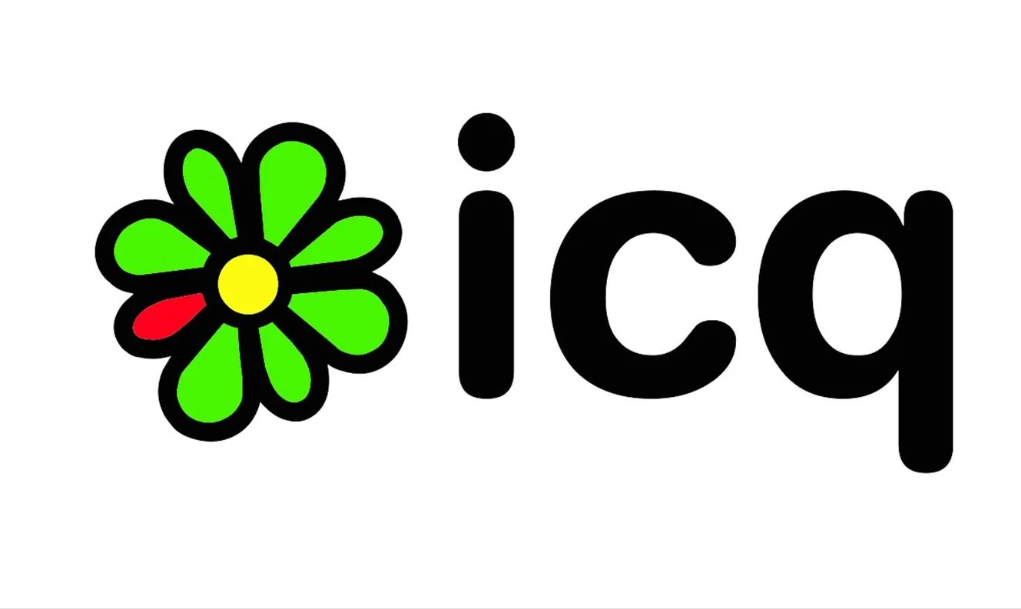
After connecting millions of early internet users for nearly three decades, ICQ finally went silent. The service shut down after 27 years of pioneering real-time online communication through its distinctive interface and features. ICQ allowed users to chat instantly with contacts worldwide, establishing many conventions that modern messaging platforms still use today. The service launched in 1996 and enjoyed widespread usage until approximately 2010. Though ICQ disappeared, its innovations in real-time messaging live on in virtually every chat app you use today.
7. Google’s Latest App Casualties
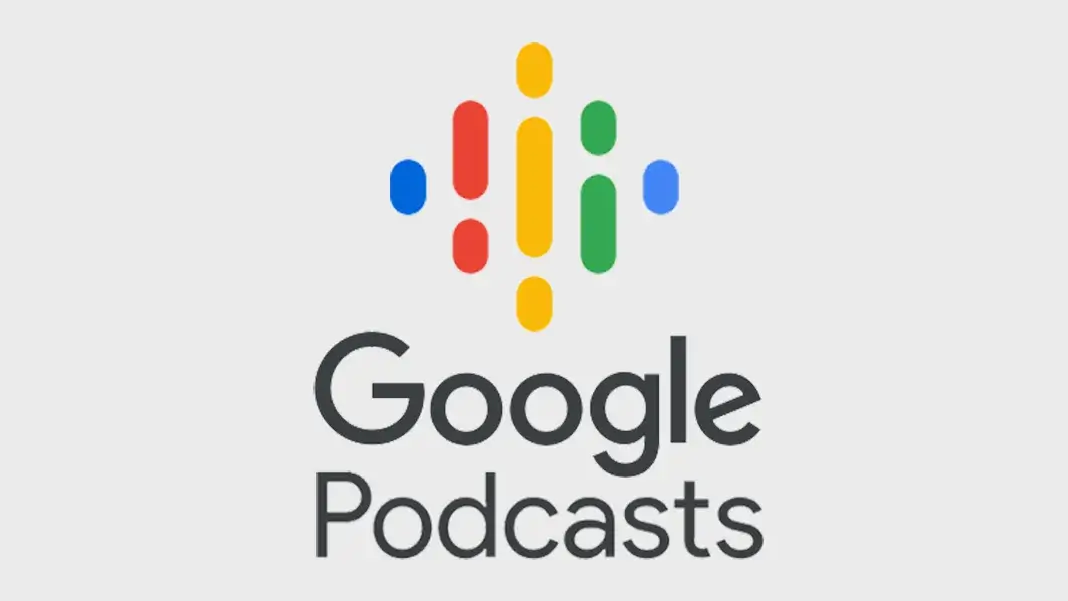
Google’s regular app purges help refine its ecosystem while redirecting resources to more promising projects. Recent additions to Google’s app cemetery include Google Pay in the US, Google Podcast, and the Stack PDF scanner app. The company also shut down Google One VPN and Google Jamboard as part of its ongoing product portfolio evaluation. These apps struggled to maintain user engagement or strategic relevance within Google’s ecosystem. When you discover your favorite Google app has vanished, chances are a replacement solution already exists within the company’s evolving product lineup.
6. Chromecast App Consolidation

Juggling multiple streaming apps created unnecessary complexity until Google streamlined its approach. Google’s popular Chromecast lineup, a cornerstone of streaming for over a decade, was officially discontinued in August 2024. This decision adds Chromecast to the growing “Killed by Google” list, a collection of beloved products the tech giant has phased out over the years. The company discontinued the standalone Chromecast app in favor of the more comprehensive Google TV streamer interface. This change consolidates media control features into a single, more cohesive platform for users. People now manage content and streaming options directly through Google TV rather than switching between multiple applications. Streaming interfaces that eliminate app-switching save viewers an average of 15 minutes per day previously lost to navigation frustration.
5. Meta’s Celebrity AI Chatbot Failure
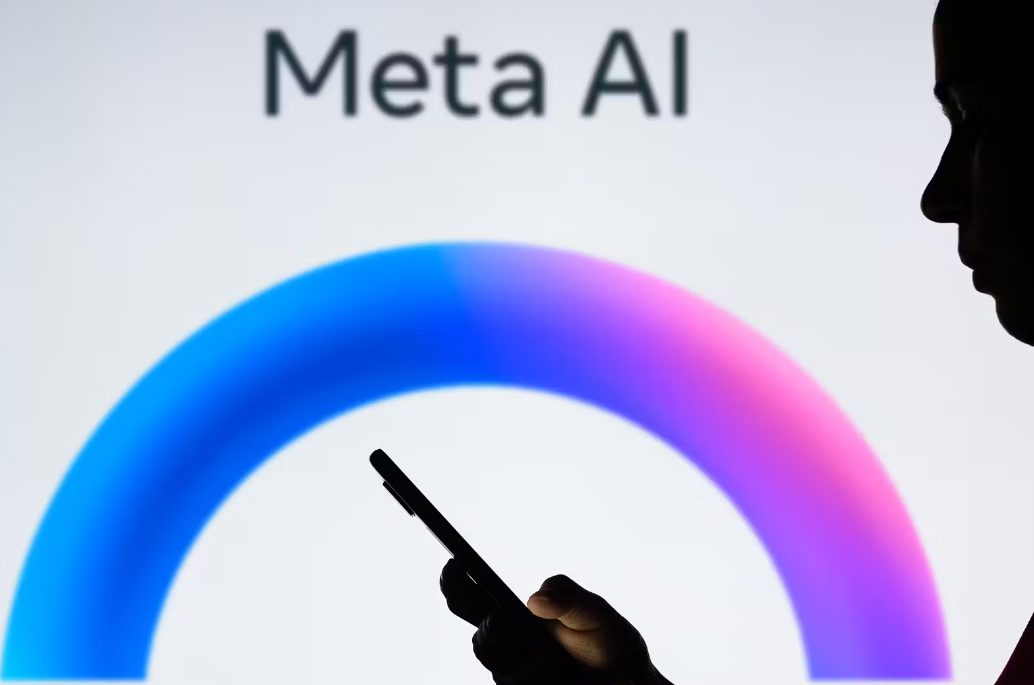
Imagine chatting with your favorite celebrity, only to discover they’re repeating the same shallow responses – Meta’s AI experiment faced exactly this problem. The company’s attempt with celebrity-like AI chatbots ended quickly after failing to engage people beyond initial curiosity. The company discontinued these digital personalities that attempted to mimic famous people’s conversational styles and knowledge bases. Initial excitement faded rapidly as users found interactions shallow and disappointing. If you’re interested in meaningful AI interactions, this failure demonstrates how personality-based AI still struggles to deliver authentic conversation experiences.
4. Snapchat’s Drone Safety Concerns
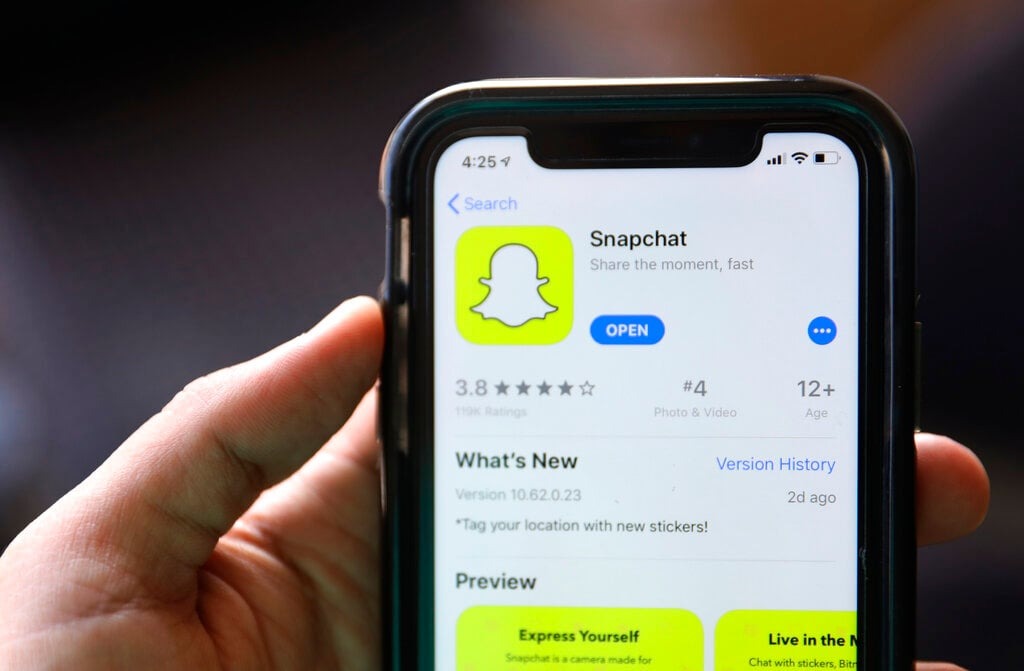
Overheating batteries quickly grounded Snapchat’s ambitious flying selfie camera. The company recalled its Pixie Drone after discovering dangerous thermal problems that posed unexpected risks. Designed for taking aerial selfies, the small flying device developed concerning heat issues during operation. Reports of potential fire hazards prompted Snapchat to immediately stop sales and offer refunds to purchasers. While the drone promised unique aerial perspectives, its safety issues highlight why extensive hardware testing matters more than rushing innovative products to market.
3. Spotify’s Car Thing Becomes E-Waste
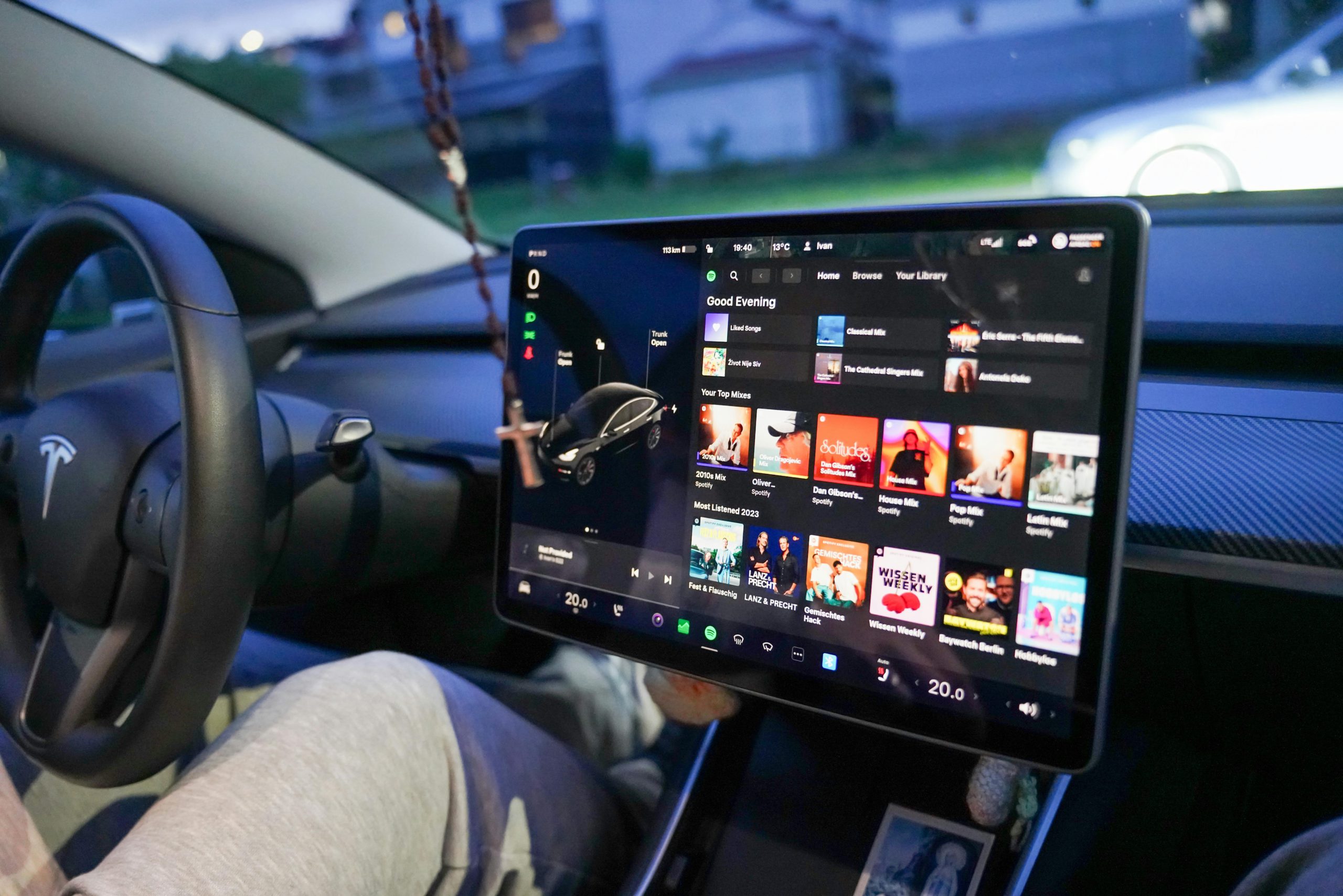
If you purchased Spotify’s dashboard controller, you experienced firsthand how quickly hardware can become obsolete. The company ended support for Car Thing, a device designed specifically for controlling music while driving. This decision rendered all existing units essentially useless, prompting the company to offer refunds to customers who invested in the product. Owners expressed frustration about losing functionality without warning or alternatives. Electronics recycling programs now specifically target orphaned devices like Car Thing to prevent their toxic components from contaminating landfills.
2. Boston Dynamics Evolves Atlas Robot
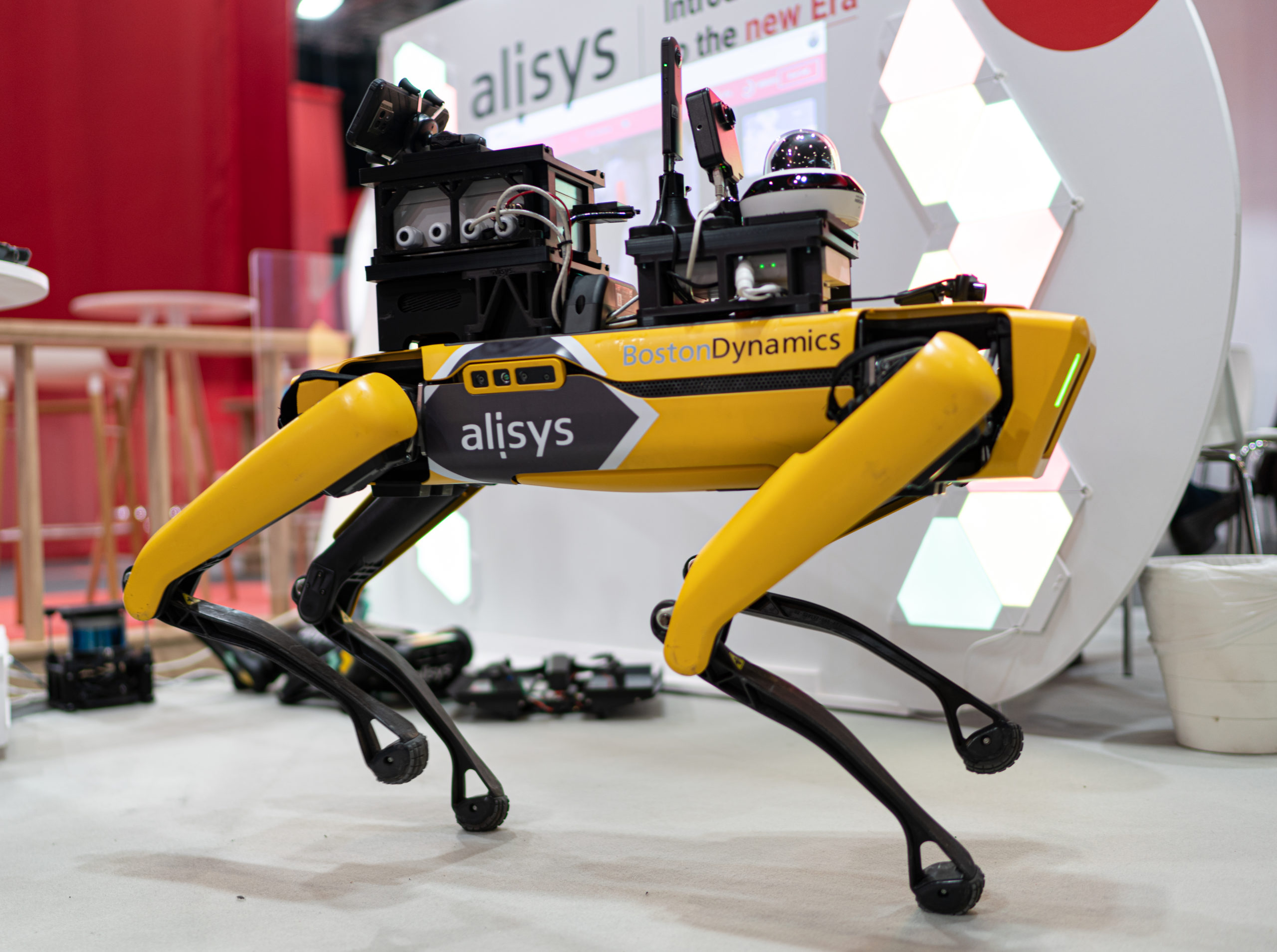
Boston Dynamics’ hydraulic Atlas robot showcased groundbreaking mobility that laid the foundation for even more advanced electric models. The company retired its hydraulic-powered humanoid to focus on developing a fully electric version with enhanced capabilities. The original hydraulic Atlas demonstrated remarkable agility that expanded possibilities in robotics research and applications. The transition to electric power promises greater efficiency and quieter operation in future models. Unlike consumer tech that disappears without replacement, Atlas shows how robotics technology evolves through intentional advancement rather than abandonment.
1. Moxy’s AI Friendship Disappears

Children formed emotional bonds with Moxy until financial troubles abruptly ended these digital relationships. The AI chatbot with a cartoon face designed for children lost its financial backing and ceased operations without extensive warning. The service aimed to provide both companionship and educational support for young users through engaging interactions. Its sudden disappearance highlighted the potential instability of AI-driven products in children’s lives when business models fail to sustain operations.Digital companions that vanish overnight reveal the precarious nature of emotional connections formed with artificially intelligent products.







